Chef Tom Ryu is a bit of an icon in Shanghai, famed for having his hand in many of Shanghai’s top South Korean restaurants, including Genesis and Jeju Sagye (previously Jeju Izakaya).
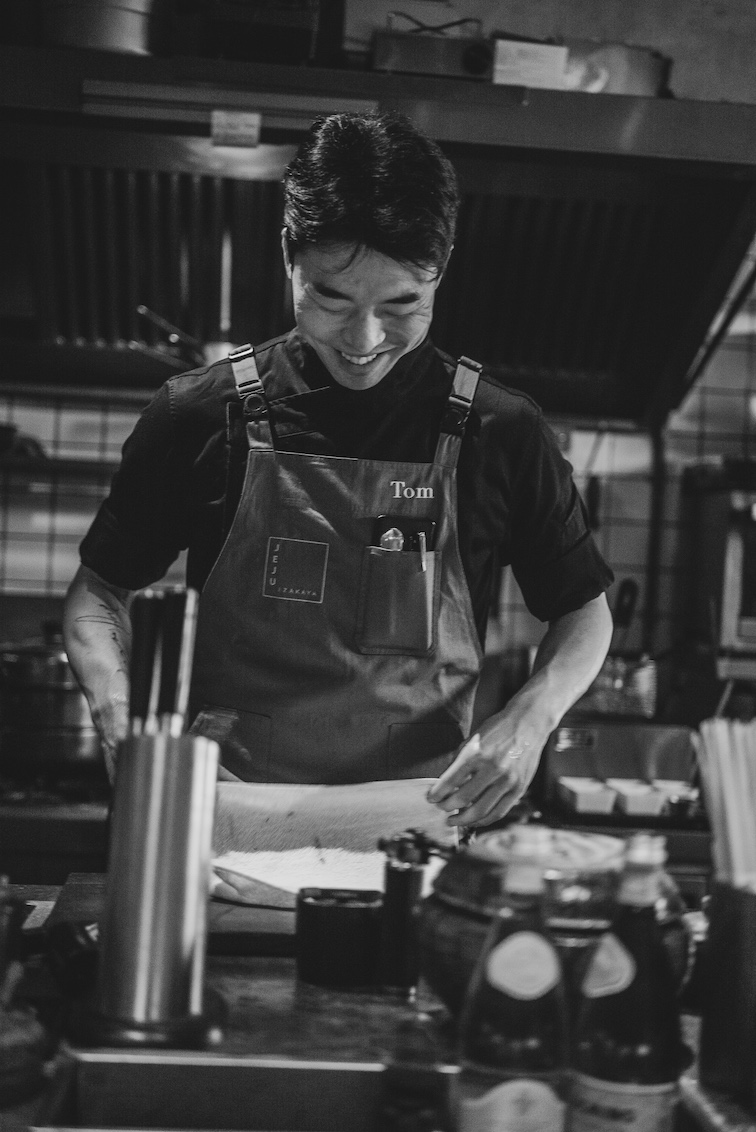
Image courtesy of Tom Ryu
He prides himself on sharing the authentic flavors of his home country, ones that go far beyond Korean BBQ, bibimbap and that green bottle soju most people equate with Korean dining.
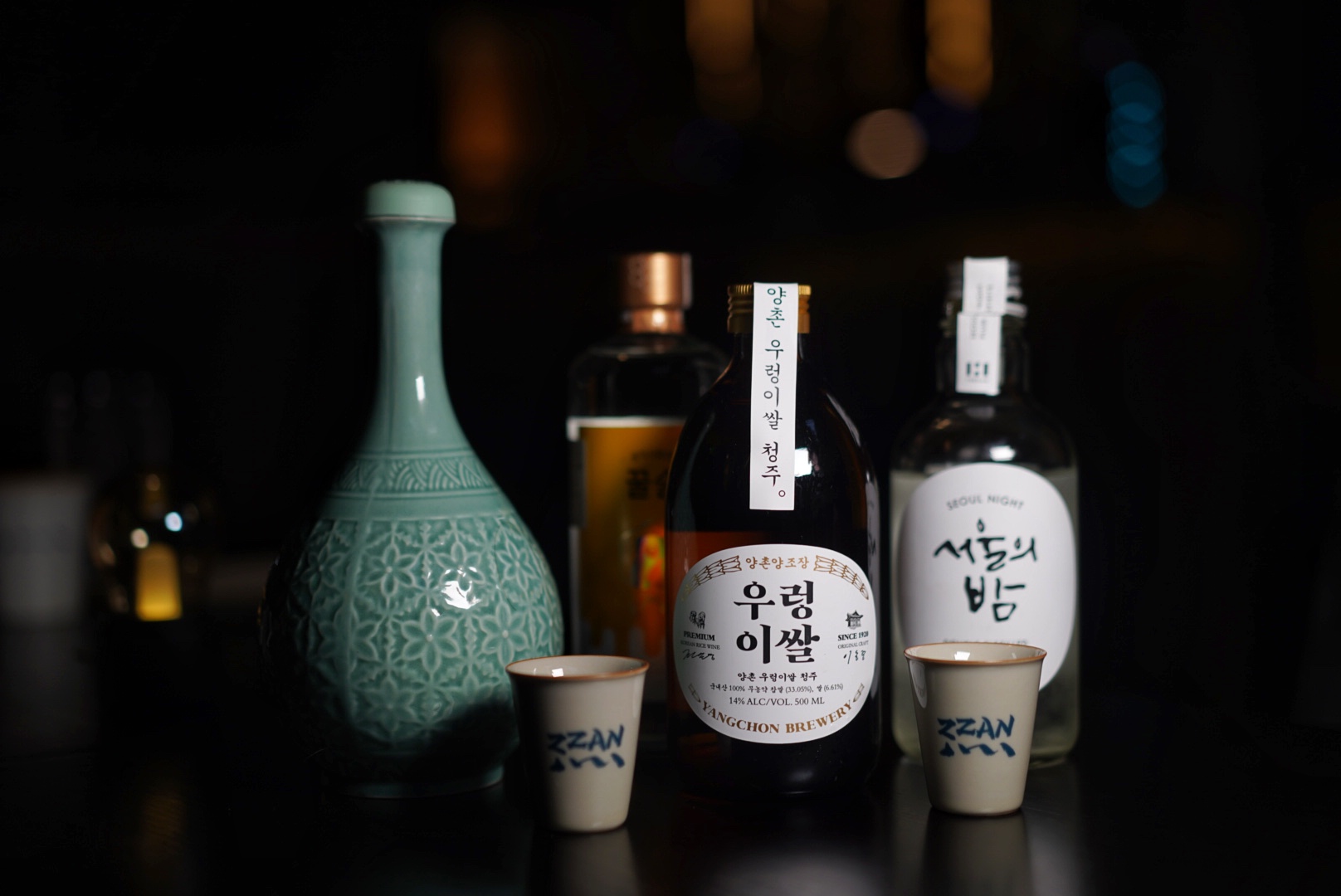
Image by Sophie Steiner/That's
And now, he’s wowed us again, with new concept Pado – a Korean-style bistro that centers around none other than Korea’s contribution to global alcohol: soju.
More than just a drink to get your night going, sipping, shooting and bombing soju is a culture onto itself in Korea, one that continues to evolve even today.

Image courtesy of Pado
“Drinking soju in the company of friends and family is a national pastime, a focal point of social gatherings that conjures a sense of kinship, pride and enjoyment in its purest form,” says Chef Tom.
He created Pado from the bottom up – concept, branding, interior design, menu curation and execution – to share soju drinking culture with Shanghai. And he is importing the widest variety of rare, craft soju in all of China that showcases the diverse latitude of this spirit.
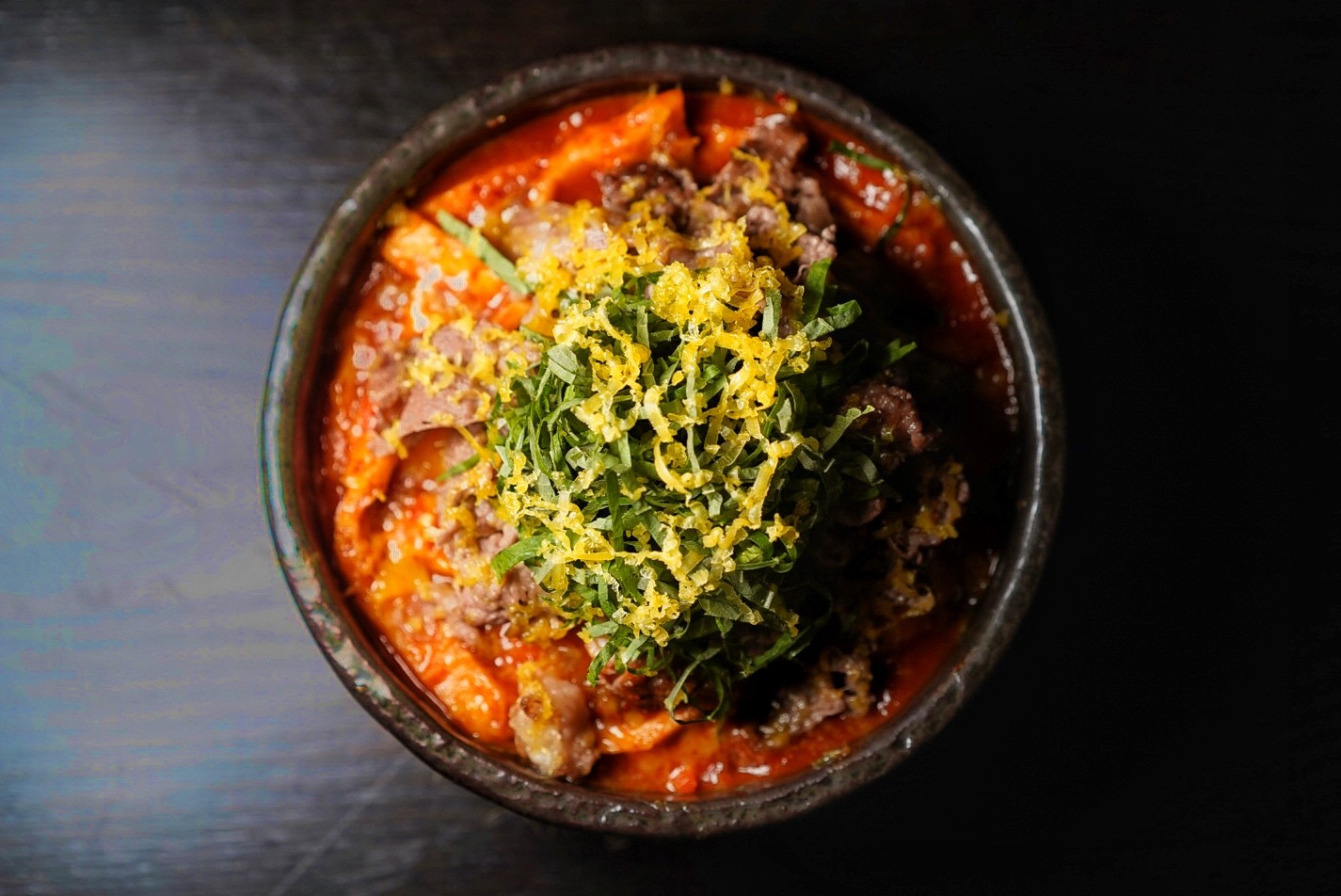
Image by Sophie Steiner/That's
And, of course, he’s pairing everything with his contemporary take on Korean bar food, inspired by culinary research conducted during his recent travels back home.
We caught up with Chef Tom to learn more about his background in F&B, what to expect from Pado and how his inspiration for the venue shaped its enjoyment-centric ethos.
What is Pado? And how is it different than other Jeju brand venues?
Pado falls under the same brand as Jeju Sagye, but it’s Jeju’s more approachable little sister, located just around the corner on Fenggang Lu.
The focus at Pado is on social drinking. Because of that, it’s bigger than Jeju Sagye, so more people can try it out or come as a group.
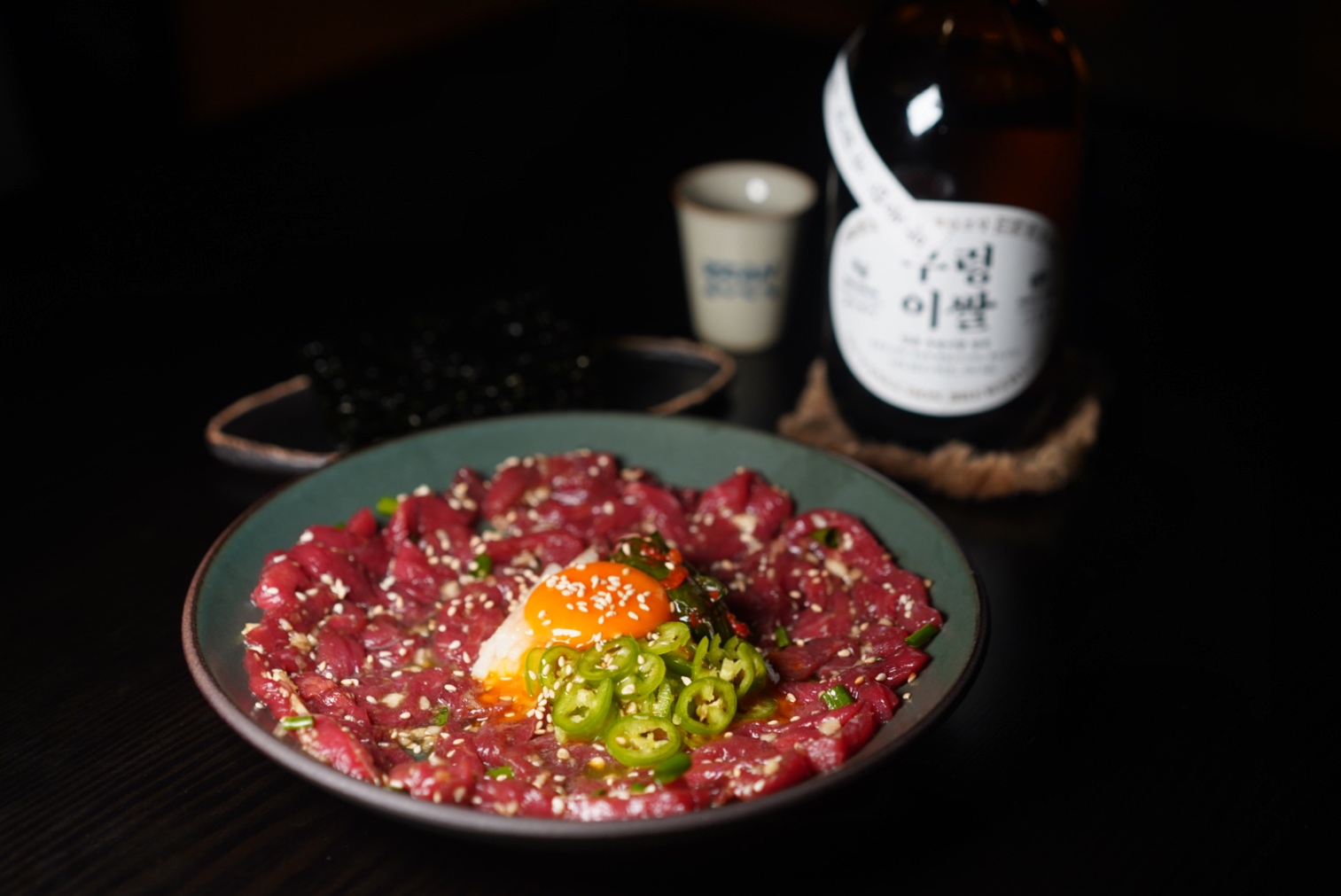
Image by Sophie Steiner/That's
Jeju Sagye seats less than 20 people per night, and books up far in advance and is a chef’s table experience with a seasonally-focused, fine dining menu; Pado is casual, with comfort dishes acting as stomach liners to pave the way for more drinks.

Image by Sophie Steiner/That's
But, don’t be fooled; while the food isn’t the “core concept,” it easily could be – utilizing the same high-quality ingredients and imported Korean products to feature regional specialty dishes, like the infinite possibilities of kimchi and Busan-produced rice cakes.
What can diners expect from Pado’s food and drinks menu?
Shanghai already has many incredible traditional Korean restaurants, and Pado isn’t trying to compete with those – so we don’t offer dishes like Korean BBQ or Korean rice dishes.
Instead we focus on niche, contemporary plates.
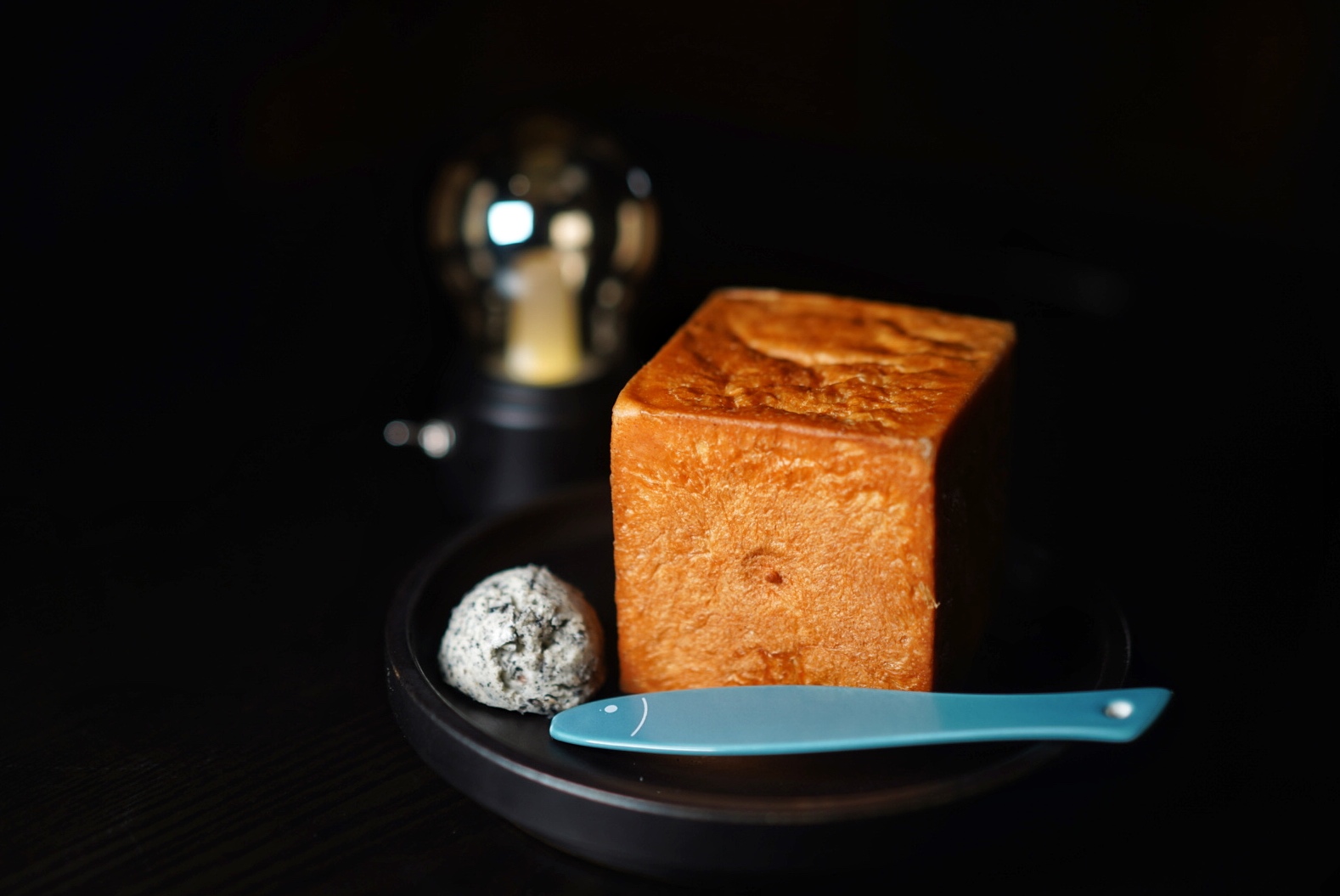
Image by Sophie Steiner/That's
I want to demonstrate how diverse modern Korean food is these days in South Korea, taking it a step further by offering fresh-baked daily breads – like brioche and baguettes – as the source of carbohydrates for sopping up all of the delicious sauces that go with many of our dishes, as opposed to the customary rice or noodles.
Even though bread as a main carb isn't common even in modern Korean restaurants in South Korea, because I am a huge bread lover, I want to share with guests how it can pair well with the Korean flavors found on our menu.

Image by Sophie Steiner/That's
Pado is currently only open during the evening, with a sunset menu offered until 11pm, and a late-night “moonlight menu” from 10pm-12am – as drinking culture is more conducive to the night.
However, we may someday expand into a “sunshine menu” for daytime hours.
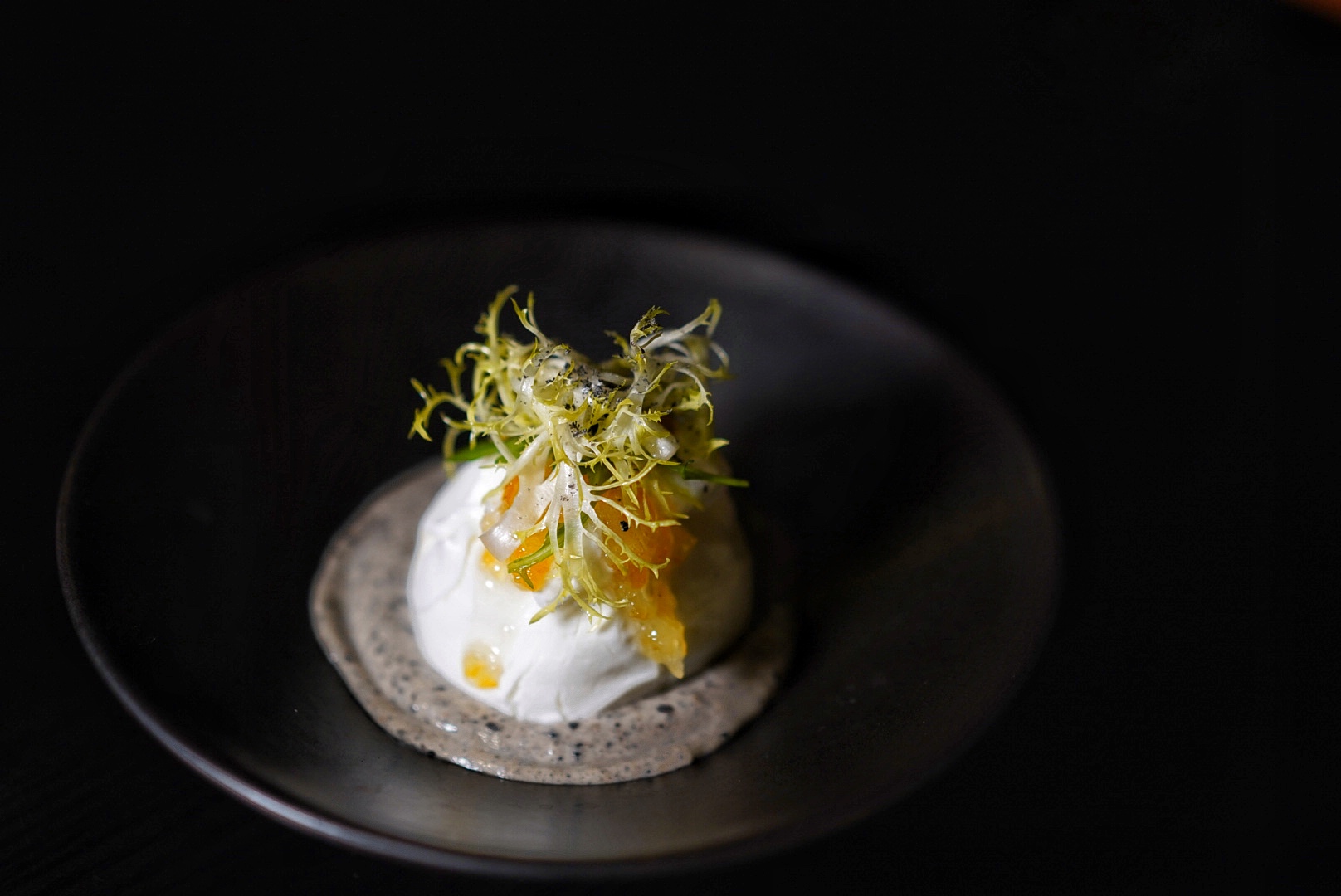
Image by Sophie Steiner/That's
Why soju?
Just like the numerous KBBQ spots around town, Shanghai also has so many fantastic cocktail and wine bars already, but what I know best is soju. So, I want to share that love, knowledge and drinking experience with others here in Shanghai.
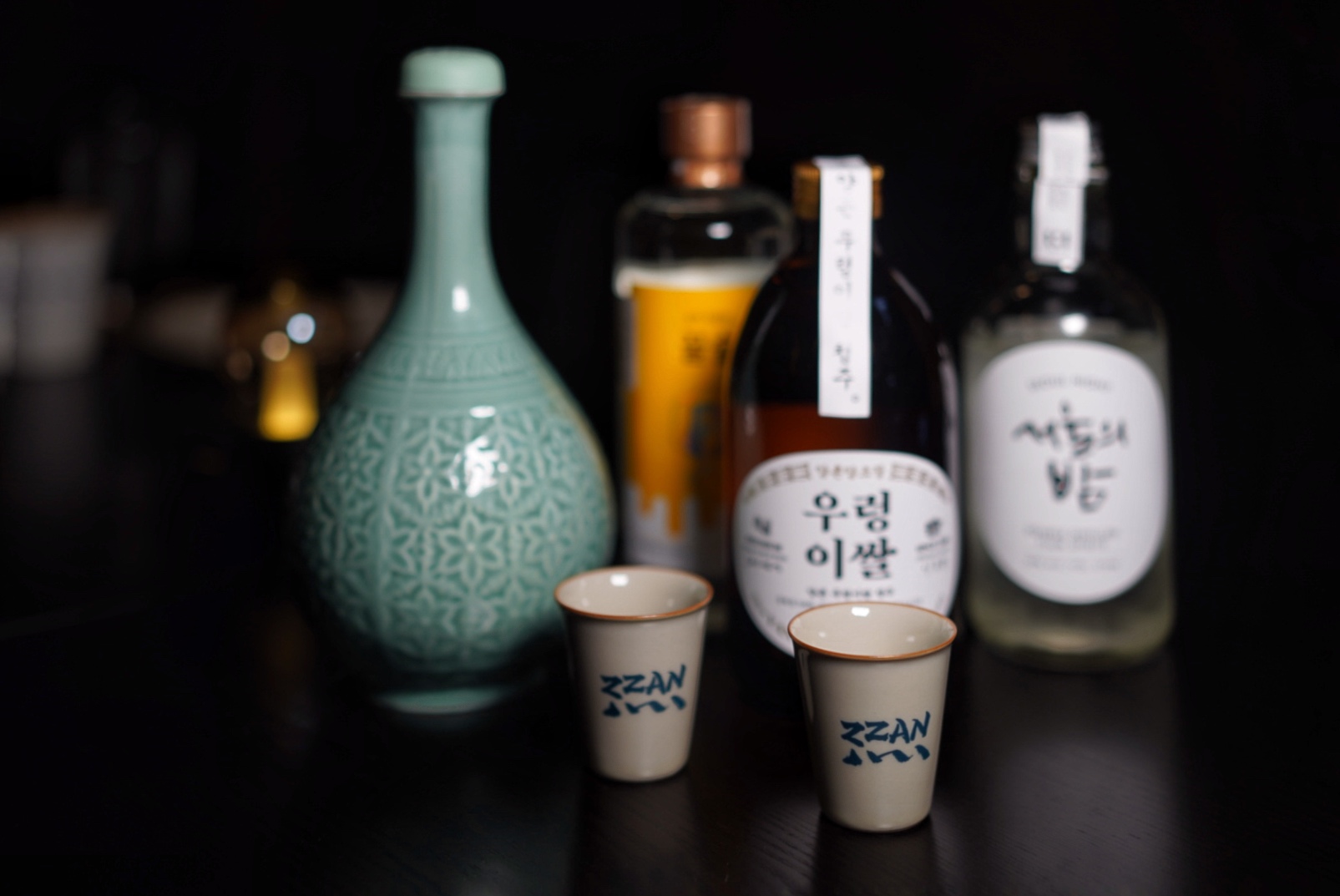
Image by Sophie Steiner/That's
While soju has been the go-to drink in Korea for centuries, on my most recent visit there, I noticed that craft soju is becoming more popular, along with soju pairing menus and soju cocktails.
Other distinct rice-based liquors, like Korean sake and makgeolli are also gaining in popularity, with many new distilleries popping up. Because of this, I am importing a lot of soju varieties from Korea that can only be found at Pado.
I want people to come, taste and learn about Korea’s national distilled spirit that is so much more diverse than the just the green bottle soju found in most Korean restaurants in Shanghai, where the only option is what flavoring is added.
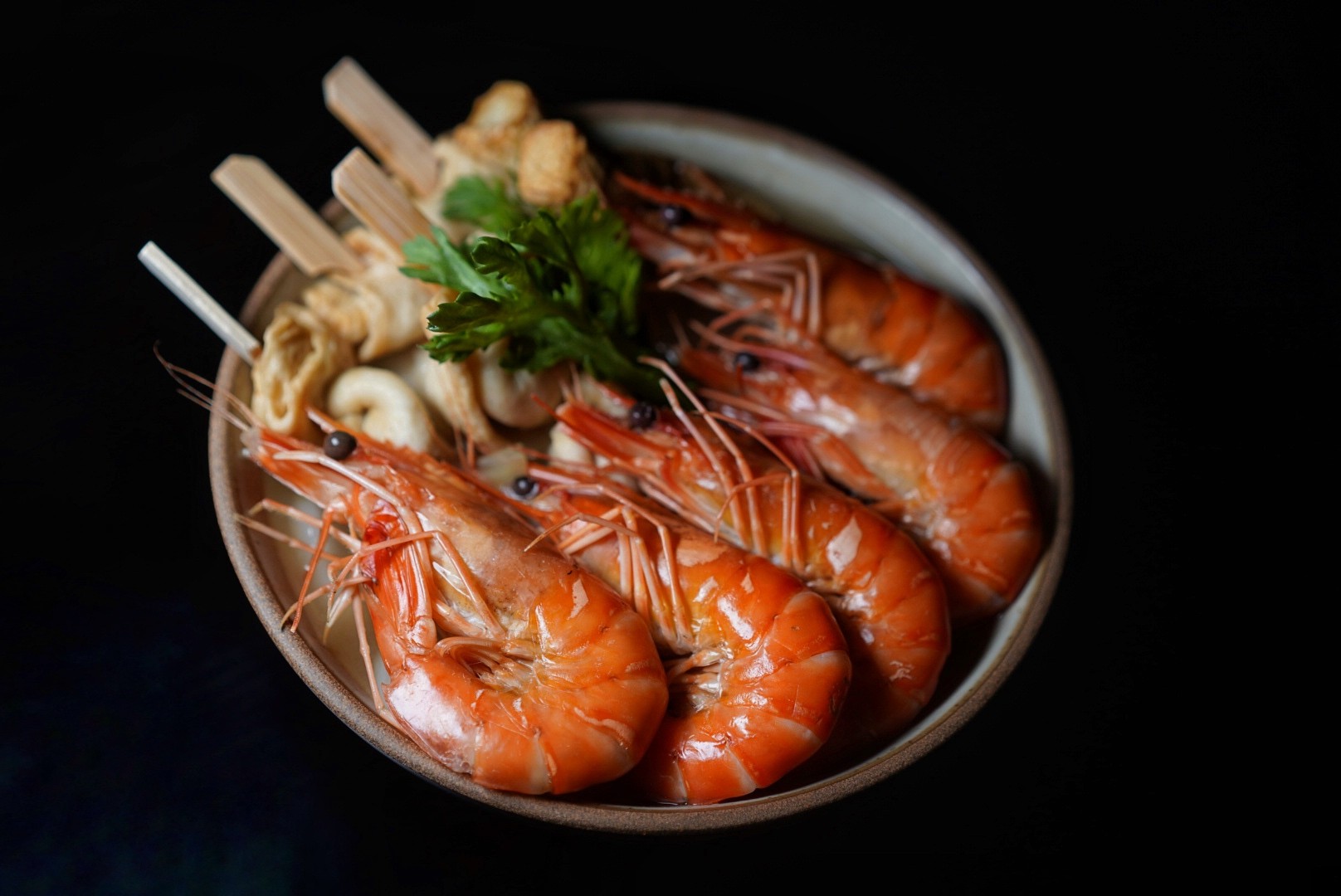
Image by Sophie Steiner/That's
What does the name “Pado” refer to and how does it fit the ethos of the venue?
In Korean, Pado means “The Wave,” which aligns with our restaurant’s motto, brand identity, and my own personal life slogan: “Don’t be afraid to make waves.”
I believe that people should constantly be pushing boundaries in every aspect of their lives. Not just taking the safe route – but instead striving to break barriers, learning more and challenging themselves to grow.

Image by Sophie Steiner/That's
That is what Pado is all about. We want to send a message to the industry that restaurants don’t need to just be about the reviews, the photos and the critiques that surround the "social media-driven culture" we live in today.
We want everyone at Pado to just “ride the wave,” relax and enjoy themselves.
We have a large central square table ideal for mingling and meeting new people and our playlist is all about playful Korean tunes and indie bands to fit the joyful vibe.
The casual food and soju culture play into this as well.
 Image courtesy of Pado
Image courtesy of Pado
To fit the wave theme, we have a commissioned an art piece at the entrance that is a modern, textured wave painting by a French artist that had a recent exhibition in Seoul that I really liked.
Image by Sophie Steiner/That's
Image by Sophie Steiner/That's
I even designed a few aspects of the restaurants with nods to the ocean: the back wall of the restaurant is made to look sea-weathered; the center lamp is a wicker fish catching basket; and the ceiling beams are restored wood meant to mimic the outside of a boat.
How would you describe the vibe at Pado?
Like the friendly soju drinking culture in Korea, Pado is all about going back to the basics of just relishing in a restaurant for exactly what it is: the fun times to be had there, accompanied by drinks, food, friendly staff and good company.
In short, it’s a place for drinking, listening to loud music and enjoying oneself late into the night.
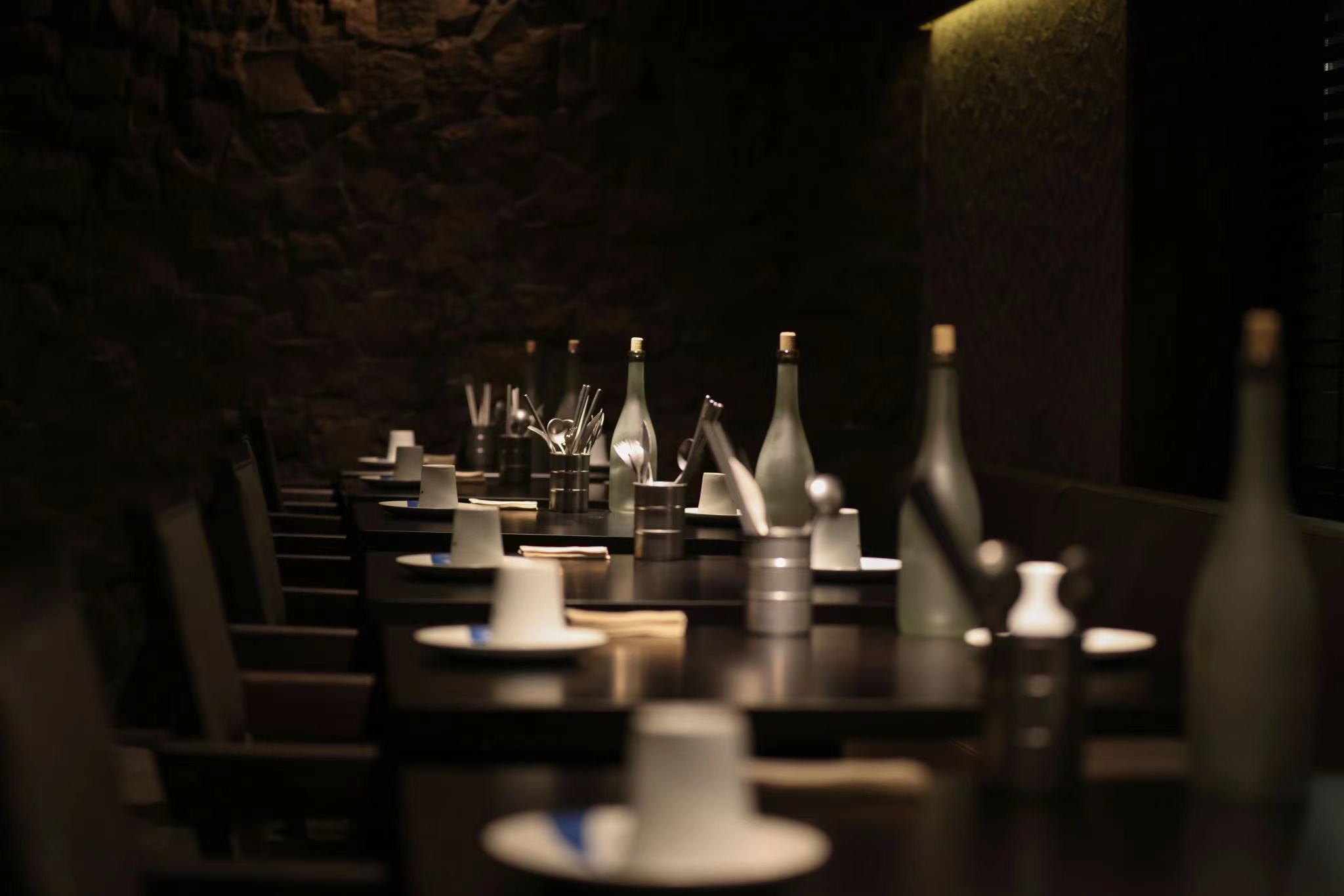
Image courtesy of Pado
In Shanghai, even just six years ago – when I was opening some of my first restaurants here – people would go out to experience the actual atmosphere as it’s intended to be, not just to take photos and write reviews online.

Image by Sophie Steiner/That's
Of course, I understand the purpose of reviews, and I am glad to see positive ones for my restaurant. But – more than anything – I just want people to enjoy the moment, in that moment.
When guests are happy at my restaurants, that makes me and my team happier than anything else.
We’ve noticed that the venue sports a lot of little nods to Korea in more than just food and drink. Can you tell us a bit more about this?
I’ve worked in the food and beverage industry my whole life, so I understand, firsthand, the importance of taking a holistic approach to the whole venue to improve the customer experience.
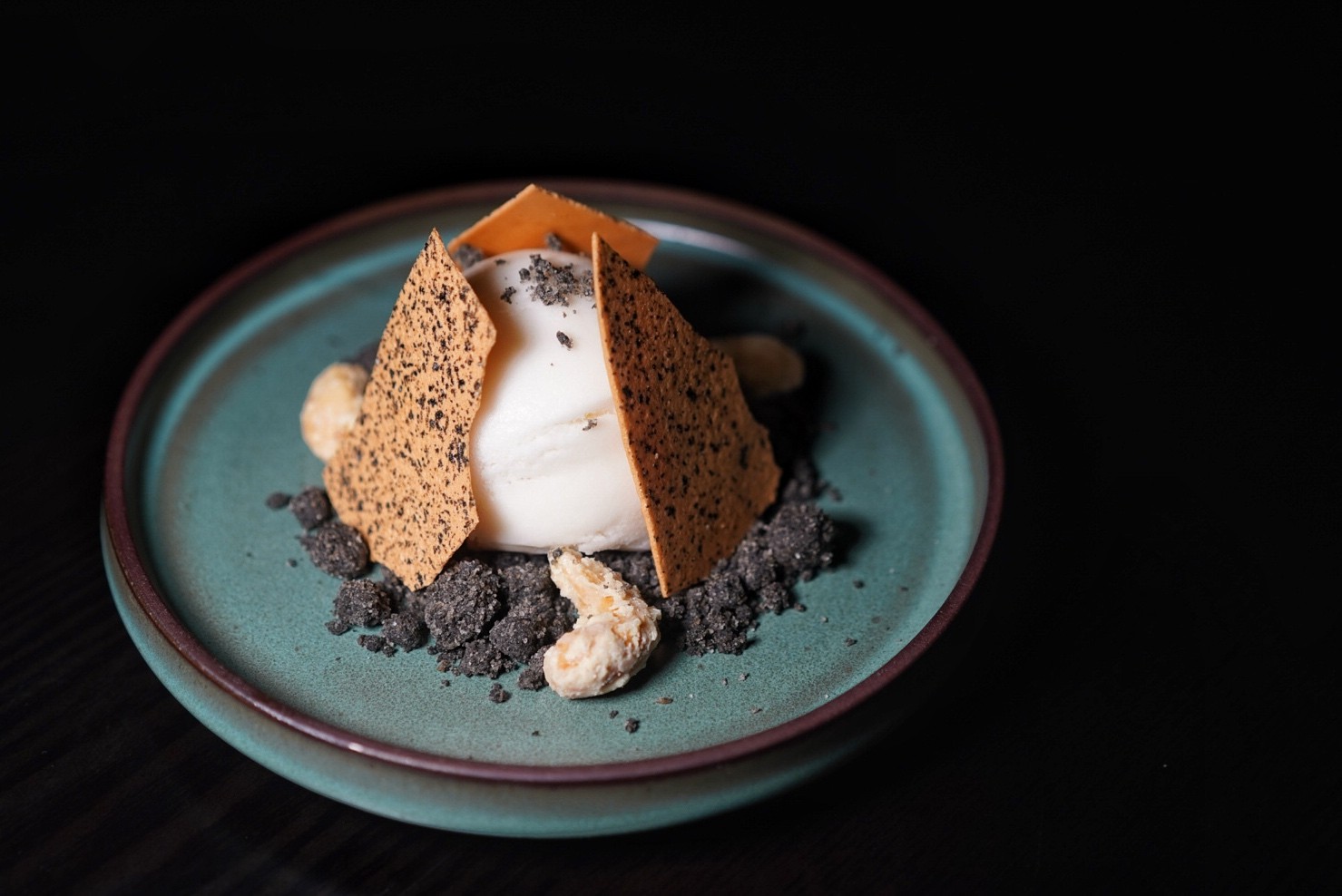
Image by Sophie Steiner/That's
I grew up outside of Seoul, spending my free time working in my parents’ franchised restaurants.
Beginning as a busboy and dishwasher, and working my way up to managing entire restaurants and finally opening my own first restaurant in Korea at the age of 18 as the chef and owner, I got to see all sides of the business.
Later, I gained firsthand experience on construction sites and working on design projects to expand my knowledge into all aspects of a restaurant – interior design, branding, operations, hospitality, etc.
Most importantly, I learned that restaurants aren’t just about dining; it’s the entire experience that makes it memorable.
Because of this, I wanted to tie in a few cultural tidbits to the design. For example, our soju glasses say “zzan” (pronounced zhan), which means “cheers” in Korean, similar to how Italians say “cin cin,” as it’s based off of the sound of clinking glasses.
Image by Sophie Steiner/That's
Similarly, our alcohol serving bottles are labeled “sul,” the Korean word for alcohol, just like our water bottles are labeled “mul” for – you guessed it – the Korean word for water.
The design is written in Korean, but with English letters (like a pinyin equivalent) so that people can learn a few Korean words here, bringing together guests from all different backgrounds.
Any final words on Pado?
I have a lot of passion for the food and beverage industry, and I take pride in sharing different aspects of Korea with others.
Each new venue I open, each new menu I create, and each new team I bring together is all about pushing the boundaries a little further and showing something new.

Image by Sophie Steiner/That's
Pado's philosophy is: "Focus on the moment, dine and drink together, and love with all your heart."
Come to Pado to experience something different.
To make a reservation at Pado, call 189 6497 3659 or add WeChat ID Padowaves101.
Pado, #A101, 1107 Yuyuan Lu, by Fenggang Lu, 愚园路1107号A01, 近凤冈路.
[Cover image by Sophie Steiner/That's]






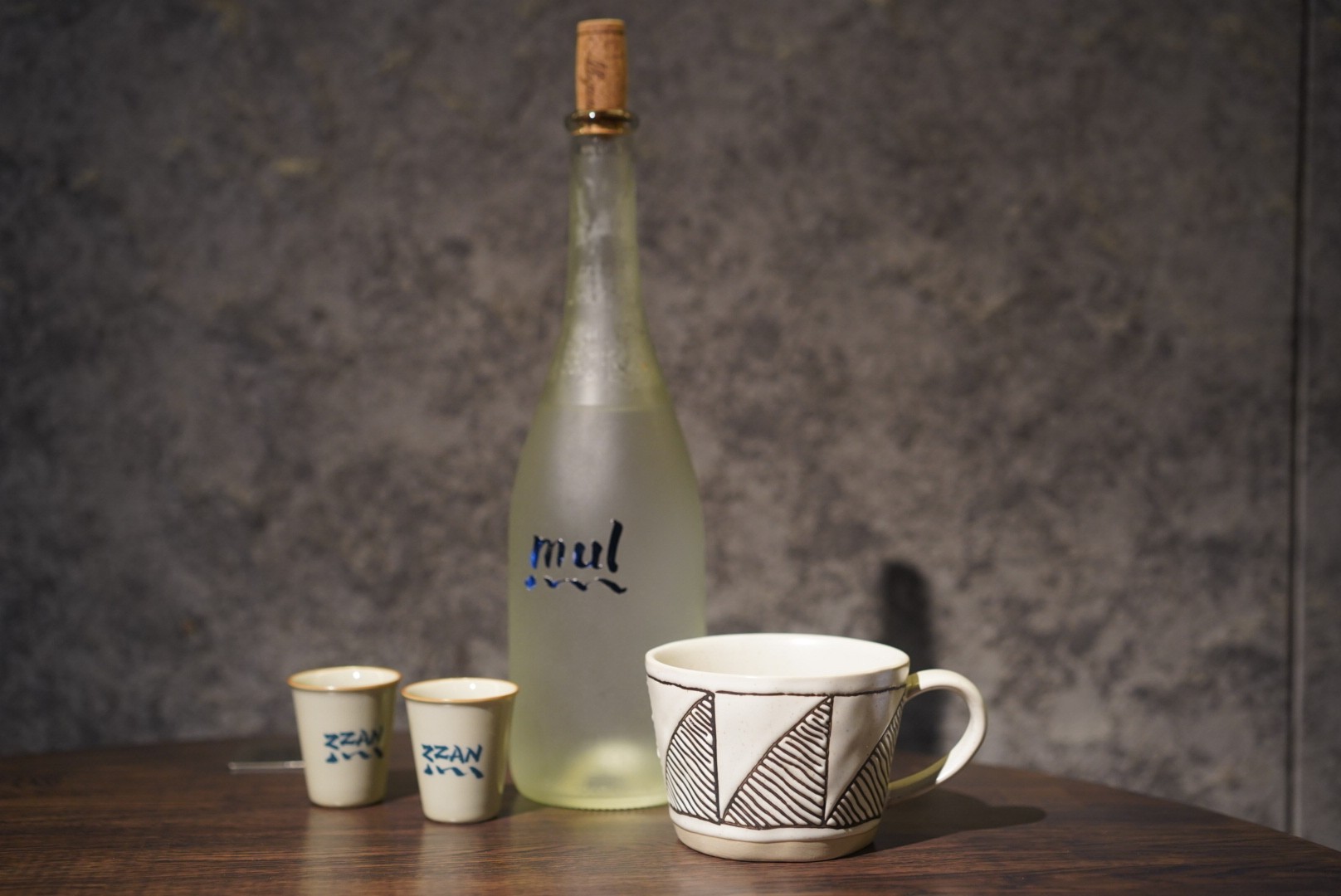

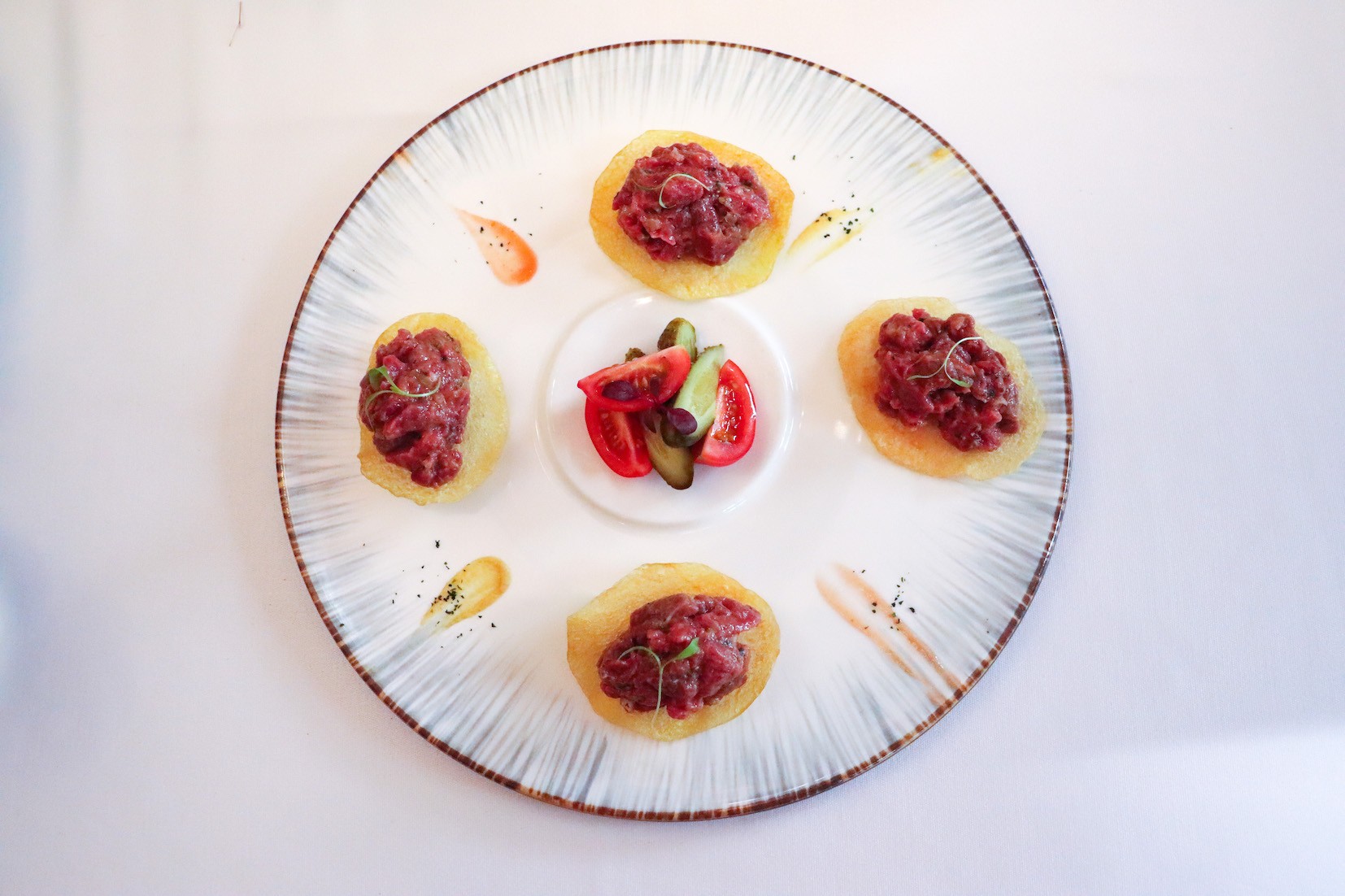















0 User Comments